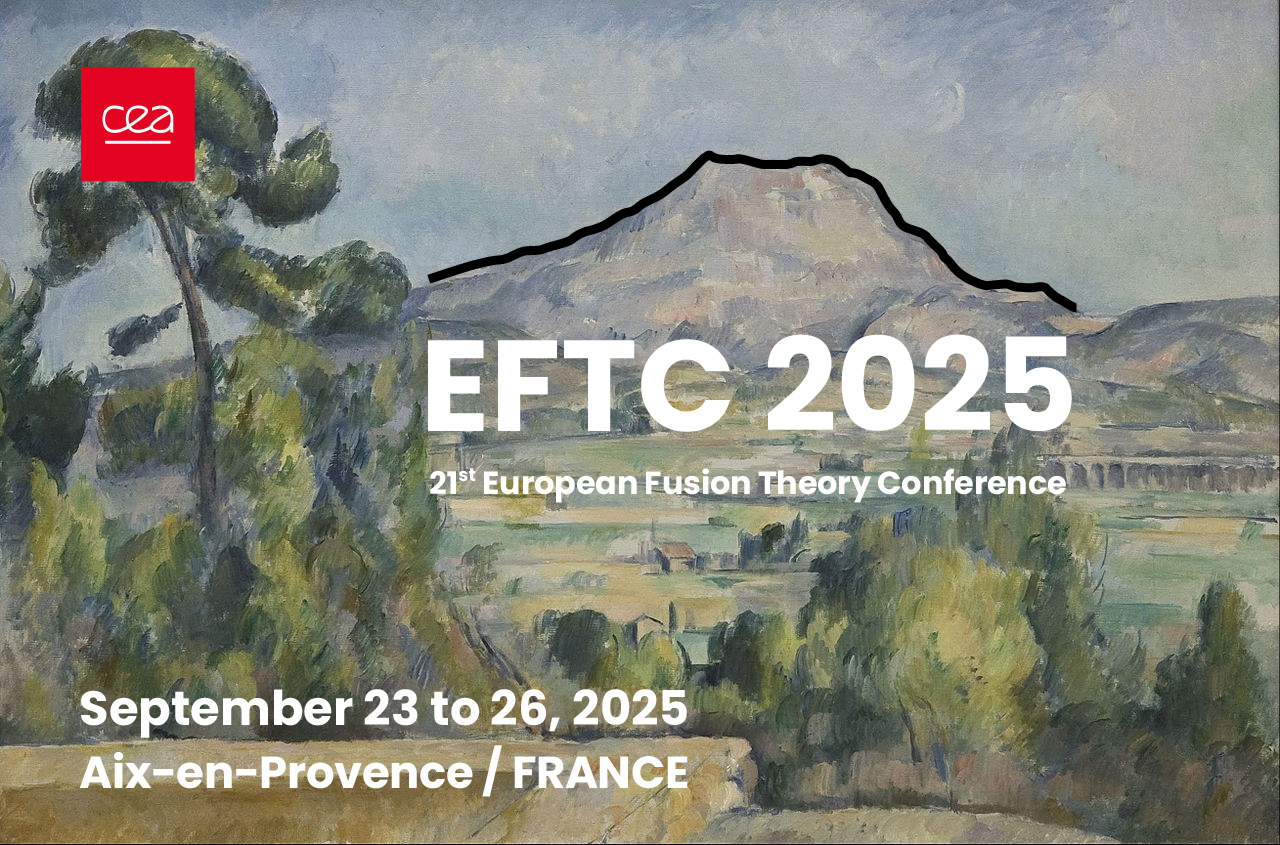Speaker
Description
Guiding Center (GC) orbits in shaped tokamak equilibria exhibit rich structure, once the magnetic field magnitude develops secondary local minima. Using Negative Triangularity (NT) and small aspect ratio equilibria we show that shaping-induced wells in B introduce additional mirror points and, consequently, multiple families of trapped orbits. Two generic bifurcation scenarios are identified through Hamiltonian phase‑space analysis: (i) a super‑critical pitchfork scenario in which the central trapped‑orbit O-point loses stability while a symmetric pair of stable fixed points emerges, and (ii) a saddle‑node bifurcation that creates stable–unstable pairs of fixed points. These bifurcations reorganize phase space well beyond the domain occupied by the secondary trapped orbits, altering the orbital‑frequency spectrum over a broad range of magnetic moments and energies. Resonance maps reveal multiple simultaneous resonances with n = 0 perturbations, potentially enhancing particle‑orbit stochasticity. Particle tracing simulations indicate enhanced particle and energy transport, due to orbit stochastization, compared to positive triangularity reference cases that do not exhibit bifurcations are verified by particle tracing simulations. The results extend our previous work on bifurcations driven by radial electric field [1], demonstrating that equilibrium shaping can likewise tailor GC dynamics, offering an additional design handle for transport-barrier formation in compact reactors.
References
[1] G. Anastassiou, P. Zestanakis, Y. Antonenas, E. Viezzer and Y. Kominis, J. Plasma Phys. 90, 905900110 (2024)

